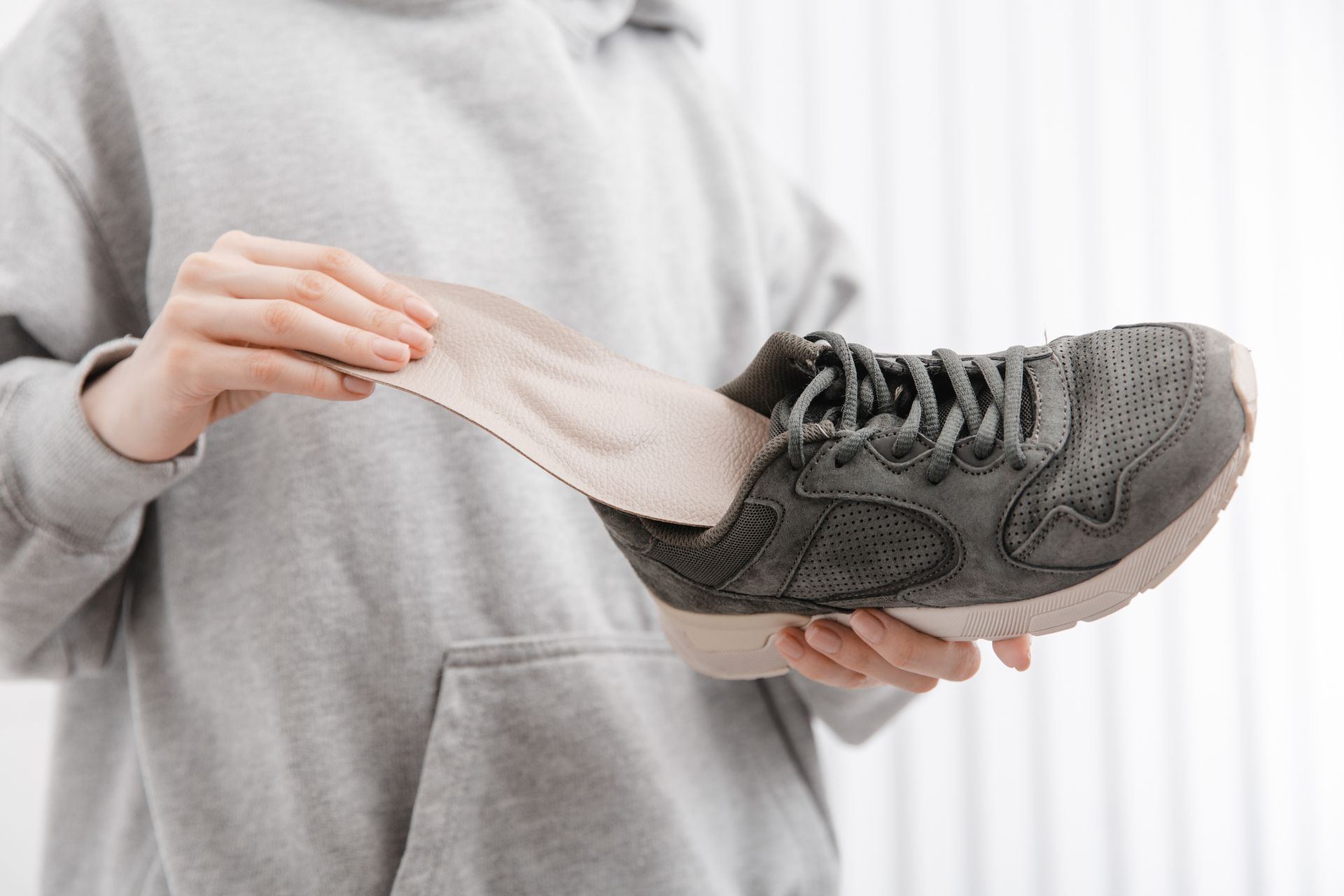Big Toe Arthritis Provide Pain Relief With Swift Recovery
New treatment options help patients return to normal activities sooner!
The big toe plays a crucial role in standing, walking, and many other daily activities. It makes it possible for humans to walk and run upright, and it absorbs forces equal to nearly twice a person's body weight when walking. With all that the big toe endures, it comes as no surprise that overuse can erode the joint cartilage and cause serious pain and even physical deformities.
Despite the obvious signs, big toe arthritis-which occurs when cartilage in the joints wears down and exposed bones rub against each other-is often overlooked. Foot and ankle surgeons urge people to pay attention to these signs early. With more treatment options and recent advancements, foot and ankle surgeons can help patients get back to doing the activities they love sooner.
Big toe arthritis develops in adults between the ages of 40 and 60 years and is a progressive deformity that can be caused by regular wear and tear and sometimes even mechanical changes due to injury. Symptoms include stiffness, loss of range of motion, swelling and sometimes even noticeable cracking.
Individuals with mid to end-stage arthritis tend to experience more severe pain because the cartilage has almost completely eroded and the bones are actually rubbing together. For these cases, foot and ankle surgeons look to next-step treatments, including advancements in the area of implants.
- Joint Implant (Implant Arthroplasty): This method of treatment tends to be utilized by individuals who are active and want to retain as much motion as possible. Foot and ankle surgeons use a silicone implant that creates space between the bones, allowing for more movement than other alternatives. Patients who undergo implant surgery are usually able to walk and move the joint as early as the next day. Newer, up-and-coming methods, including the use of synthetics and other types of implant materials, are also low risk and help patients with big toe arthritis return to their normal routine and activities.
- Surgical Removal (Cheilectomy): To help give the toe better movement and relieve pain, foot and ankle surgeons surgically remove damaged cartilage around the joint, along with spurs or overgrowths, which may develop on top of the bone during mid-stage toe arthritis. Patients are able to fully bear weight immediately after the procedure.
- Joint Fusion: Also called arthrodesis, this procedure removes the worn-down cartilage and uses plates and screws to hold the joint in the right position to alleviate pain. Patients tend to fully recover in approximately six to eight weeks and usually return to all their regular activities, from walking to running marathons.
For early-stage big toe arthritis, foot and ankle surgeons look first to conservative treatments to decrease pain in the joint, such as prescribing anti-inflammatory medication and increasing arch support with custom shoe inserts.
"The sooner patients see a foot and ankle surgeon, the better options there are to treat them. "In a majority of the time, we can alleviate the symptoms and possibly slow down the progression of the disease with invasion procedures."



